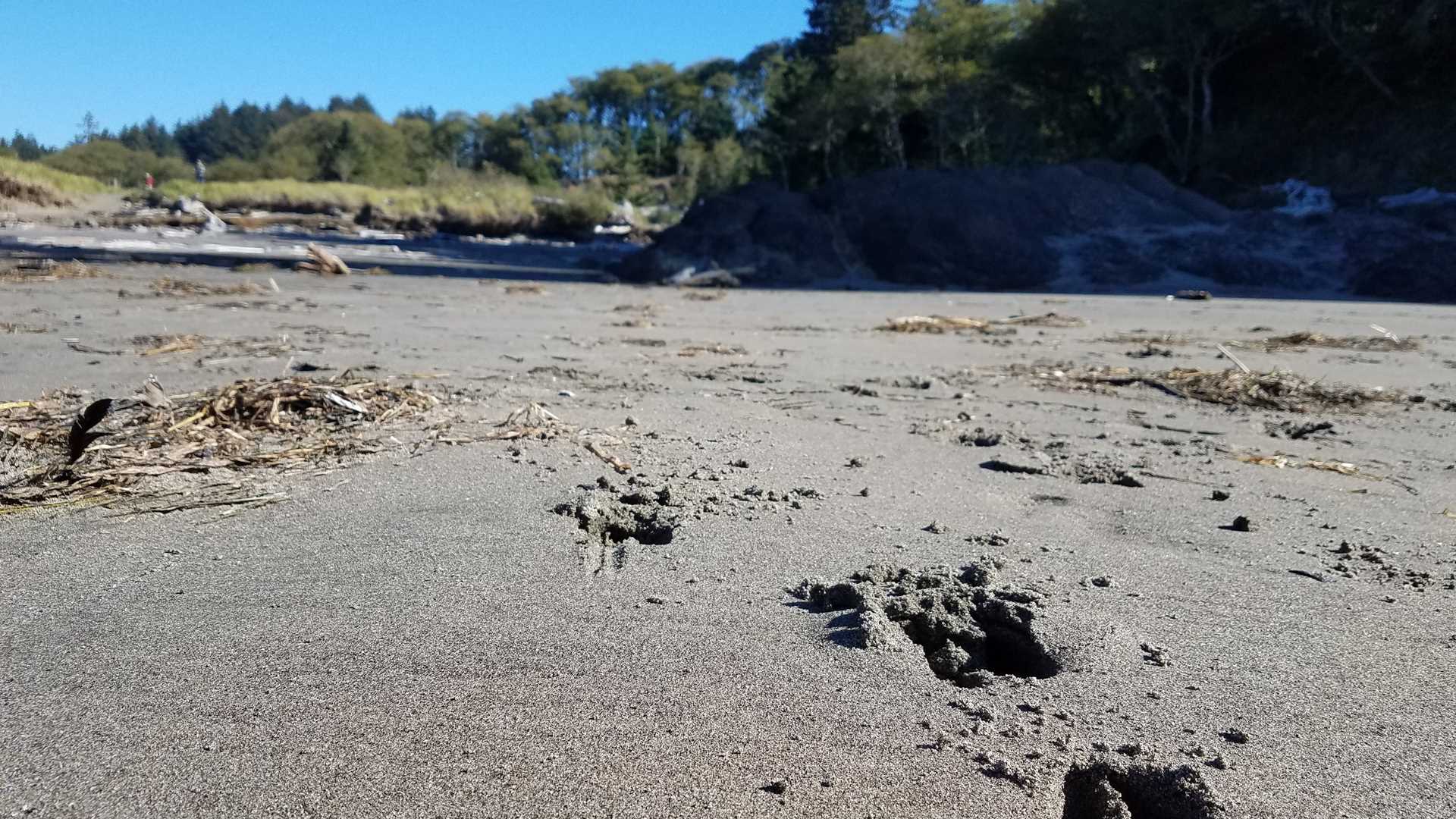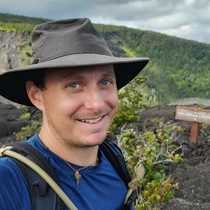The last day of our trip found us disembarking in Astoria, Oregon. Our journey had brought us to the same end as Lewis and Clark had found so many years ago. We had traversed the mighty Snake and Columbia rivers to gaze upon the vast Pacific Ocean. While we had reached the last destination before turning back upstream, we were not yet done exploring.
The day held many options for investigating this historic area. We headed to the Lewis and Clark Interpretive Center. Here we had the chance to delve deeper into the last days of the Corp of Discoveries trek before they saw the Pacific. The center has an incredible collection of knowledge as to how the Corp navigated, lived, and survived their quest. The information is not all that the area has to offer, it sits high atop Cape Disappointment with a stunning view of the Columbia River Bar, one Lewis and Clark surely rejoiced at seeing, and offers a short hike to a sandy beach.
Cape Disappointment was so named in 1788 when Captain John Meares was disappointed that he could not find the entrance to the Columbia River. The hike and the beach at the end of the hike are anything but a disappointment. Waikiki beach is a local favorite. It was named after a Hawaiian sailor who lost his life there in 1811 while attempting to save the lives of his fellow shipmates. This sandy beach would fit in on any Caribbean or Hawaiian setting. It is covered with fine, soft sand and offers a peek at the treacherous bar.
The Columbia River Bar is a very dangerous, shifting sandbar that marks the entrance to the Columbia River. This bar has claimed over 2,000 ships in the last 200 years and earned the name “Grave Yard of the Pacific.” It keeps the local coast guard station very busy and this point is driven home in the Columbia River Maritime Museum.
The museum traces the history of the brave Columbia River Bar pilots who help ships navigate the deadly maze of shifting, underwater sandbars. While the pilots allow ships to safely cruise into the river, the U.S. Coast Guard saves the lives of hundreds of sailors who are not so lucky. The Coast Guard holds a large part of the museum, documenting the tools and vessels they use to keep sea-going people on the top side of these tumultuous waters. Even Lewis and Clark found out how angry this river could be.
Before they spent the winter at Fort Clatsop, they were stranded on the Washington side of the river by a raging storm that nearly cost them all their lives. They struggled to survive the storm in a tiny inlet they referred to as the “dismal nitch.” As the storm subsided, they made their way to the other side of the Columbia and built the winter quarters of Fort Clatsop. We toured a reconstructed version of the fort to better understand how this brave party lived out a wet and rainy winter before beginning the long journey back to civilization and into the history books.









